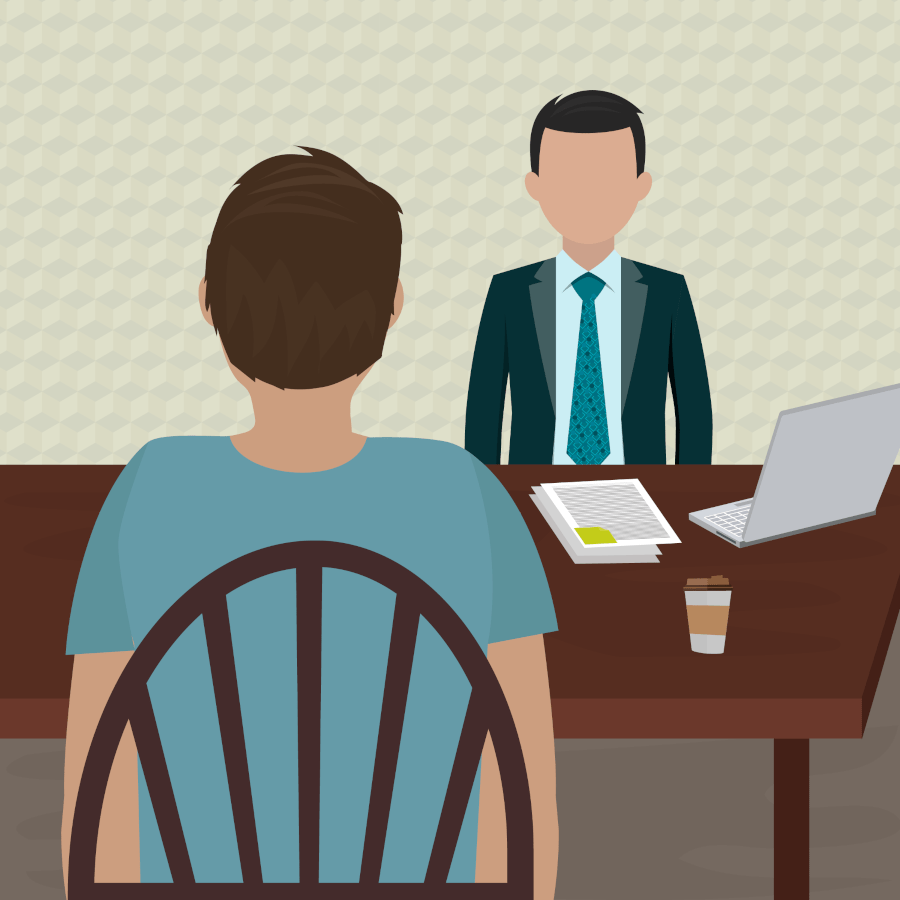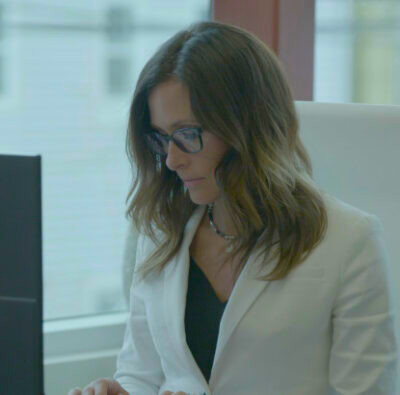
Personal injury claims can be confusing, and you may not know what to do after someone injures you in an accident.
Although every claim is unique, most lawsuits settle, so you don’t have to go to court. A typical sequence for personal injury lawsuits is below:
Step 1: Consult a personal injury lawyer
After an injury, you should consult an experienced personal injury lawyer. Our consultations are free, allowing you to discuss your potential case with an experienced lawyer without strings attached. Take advantage of this. It’s an opportunity to learn whether you have legal grounds for a lawsuit.
In your initial consultation, a good lawyer will actively listen to you and help guide you regarding your potential case. This will often include answering questions such as:
- Do I have a case?
- Is my case worth retaining a lawyer?
- What kind of evidence will I need to prove my case?
- Can this lawyer and firm help?
If the meeting goes well, you will likely sign a Contingency Fee Agreement (“CFA”). This agreement retains the lawyer and law firm as your counsel. In Atlantic Canada, CFAs often contain a clause stating that you will not pay legal fees until a settlement is received. You might also sign authorization forms that allow the lawyer to obtain appropriate documentation about your claim, such as medical files.
Step 2: Investigation of your case
Once you sign the CFA, your lawyer will investigate the specifics of your case. This will often involve reading and obtaining many different files that are relevant to your claim. Some potentially relevant files include:
- Medical files from before and after the accident
- Accident and police reports
- Expert evidence, depending on the nature of your injuries
- Documents relating to income loss
We do this to fully understand the accident’s impact on your life. With this information, your lawyer can draft a settlement proposal to settle your claim before trial. Most cases will settle before trial, so you probably won’t go to court.
Step 3: The pleadings
Your lawyer will file a document called a “pleading,” which is a “Notice of Action” and “Statement of Claim” or NOA/SOC. These documents explain your perspective of the accident and what the person who injured you did to cause your injuries. These documents explain what happened and what types of compensation (or “damages”) you claim.
Next, a party delivers your NOA/SOC to the party who injured you.
Once served the NOA/SOC, the wrongdoer has time to respond. During that time, they will either contact a lawyer or their insurance company (if they have one) and will probably file a “Notice of Defence” and “Statement of Defence.” These documents will indicate their intention to dispute your claim and their grounds for doing so.
Step 4: The pre-trial phase and discovery
If your personal injury lawsuit hasn’t been settled, you will likely have a discovery, the process where the parties meet to exchange evidence, and a court reporter records the exchange. The wrongdoer will ask you so that they can gain a clearer picture of what happened. Discovery often allows the parties to find common ground and reach a settlement before a trial.
Your personal injury lawyers might also negotiate with the wrongdoer through mediation or a judicial settlement conference to settle your claim before going to court. Your lawyer will work with the lawyer representing the insurance company and a neutral third party or a judge to negotiate a settlement that satisfies both sides.
If none of the other avenues work, you might have to go to court.
Step 5: Trial
If you haven’t settled your case, you will go to trial. At trial, both sides will identify and question witnesses and explain their side of the story. Each side tries to persuade the judge that their version of the events is most likely what happened.
How long does a personal injury claim or lawsuit take?
On average, after hiring a personal injury lawyer, most cases take anywhere from one year to five years to resolve. The time required to resolve a personal injury case varies based on many factors, including the severity of the injuries, the complexity of the case, the amount of damages, the Court schedule, a person’s patience to wait for a better result, and the insurance company’s willingness to be reasonable.
We understand that many of our clients have lost income and are struggling financially, so we do everything in our power to avoid delays in the legal process and to resolve your claim as quickly as possible.
Remember, most cases settle!
While this may seem like a long, drawn-out process, your claim probably will not make it this far – personal injury cases rarely make their way to trial. Likely, your lawsuit will not see the inside of a courtroom.
It is essential to ensure you have the right, experienced lawyer by your side who can ensure you receive the compensation you deserve. Your lawyer will help you see your claim through, getting you fair and equitable compensation for your injuries.
Have questions for our team?
Request a
Free Consultation
If you would like to learn your legal options at no obligation, contact us today to set up a free consultation.
